Welcome to Brick Blvd!
Posted on: February 1, 2017 /
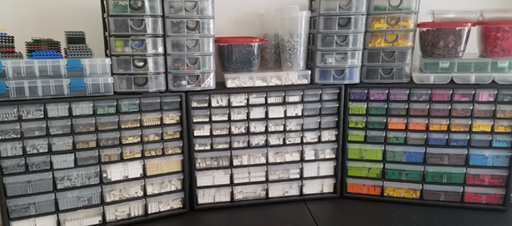 Hello, my name is Jay and this blog will help me track my experiences with LEGOs. It may grow to more but for now I would like to create a way to share my interests in LEGOs – whether building, sharing news, buying pieces and sets, history, piece and color info, etc.
Hello, my name is Jay and this blog will help me track my experiences with LEGOs. It may grow to more but for now I would like to create a way to share my interests in LEGOs – whether building, sharing news, buying pieces and sets, history, piece and color info, etc.
Until recently, I really did not have a lot of exposure to LEGOs, even as a kid I don’t remember having any significant exposure to them. About 3 months ago at work I was doing some project planning with an employee and said how useful it would be if we had LEGOs to help us with planning a warehouse fulfillment flow. That lead me to look for nearby LEGO stores, which lead me to various search terms on Google.
My background is in art and one thing lead to another as I found interesting model builds done with LEGOs. Castles, space ships, cities. What drew me in wasn’t just the idea of these builds but how clever the builders were at putting their creations together. My memories of LEGOs was of limited blocky-like building options but these builds I was finding online were something new and magnificent. I’ve always enjoyed the idea of creation within boundaries as it creates a challenge for the imagination to work around limitations that everyone else has to work within to create something that others have not seen before – even things that others could not imagined before within those limits.
I instantly knew I needed to get LEGOs. Lots of LEGOs. I found nearby stores and the pick-a-Brick options at those stores (which seemed pretty limited but at least cost-effective for bulk buys). Sets that contained the kind of pieces I wanted were also an option but an expensive one. Then I discovered the LEGOs Architecture series of sets which seemed tuned best to the kind of building challenges I wanted to work through. I particularly got drawn to the Architecture Studio set which is almost entirely white pieces with some transparent pieces. My color choices for architectural ideas I mostly envisioned in white and light colors and I began my pursuit of finding pieces in the white and “brick yellow” or “sand yellow” colors – and trying to get as many “sand green” and “sand blue” as possible.
As I began looking to purchase pieces and sets, I soon found that many kinds of pieces are hard to find as they are either discontinued by LEGO or only come in small quantities in various build sets. This lead me to the online Pick-a-Brick section of the LEGO web site. That widened the range of options, though not the full suite of the types of pieces LEGO has available. So I looked around and asked around which lead me to various online sources of harder-to-find pieces like BrickLink and BrickOwl which are partly a browsable database of all possible parts and partly a conglomeration of online stores selling a wide range of pieces. There are many sites I’ve uncovered which I’ll do a writeup about soon.
In the past 2 months I’ve bought LEGOs directly from LEGOs stores, the in-store Pick-a-Brick walls, the Pick-a-Brick section on the LEGO web site, stores on BrickOwl, Toys R Us, and local Craigs List ads. I’ve also bought some storage options on Amazon, Home Depot and craft stores which have helped me organize the legos for easier storage that also allows quick access & finding of the pieces I need. So far it’s not been a cheap process – it seems like between all the purchase methods I’m averaging just under 10 cents per piece – and another 10% or so of my overall costs are related to storage.
I think the cost is worth it as I am finding a really strong enjoyment being able to challenge myself on building ideas. Right now I’ve accumulated about 20,000 pieces, about 1/3 white pieces, 1/3 grays/blacks and the rest a variety of colors. Within the next month I plan to gather another 6,000 and then start supplementing mostly from local sellers and rare pieces through the online stores, probably a few thousand each month until I have enough of a collection to build just about anything from my imagination.
I will be sharing pictures of my builds, setup, and things I learn along the way.
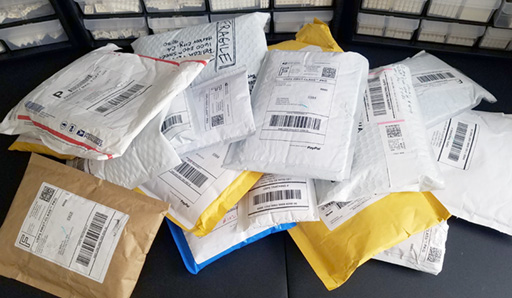
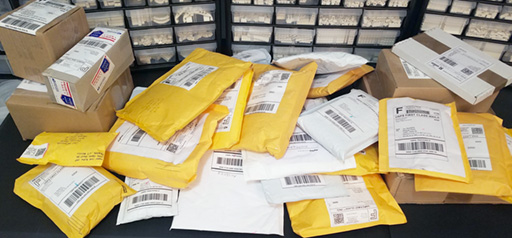
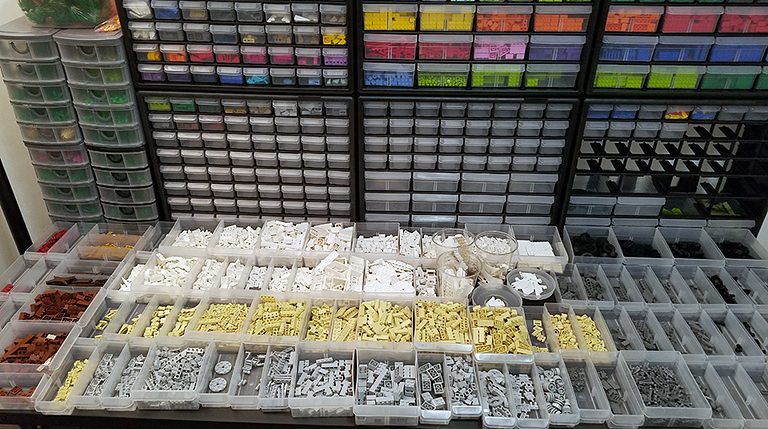
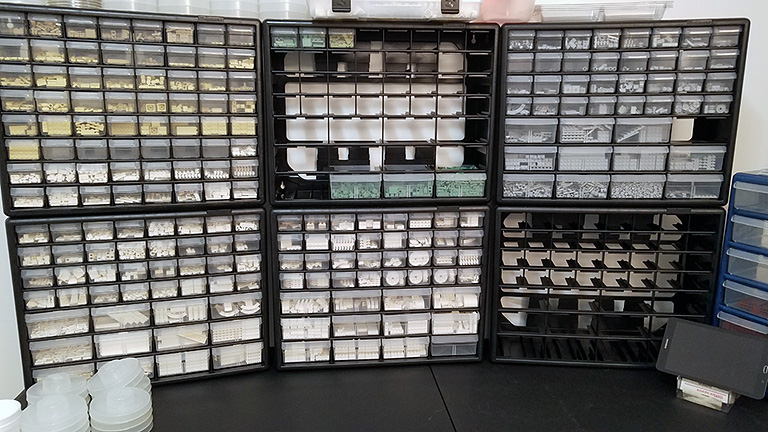
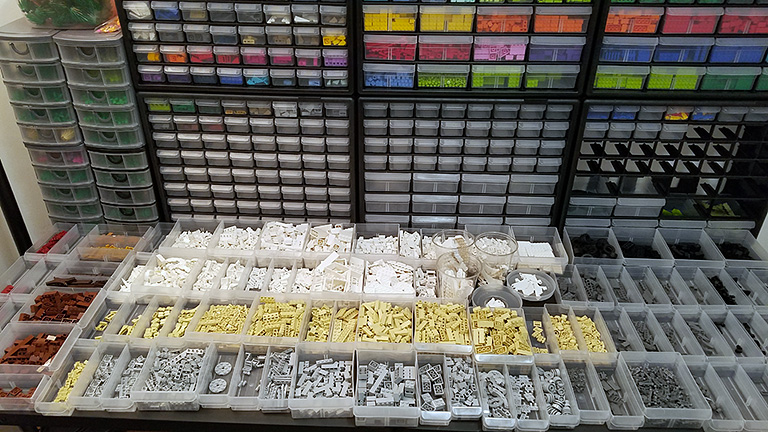
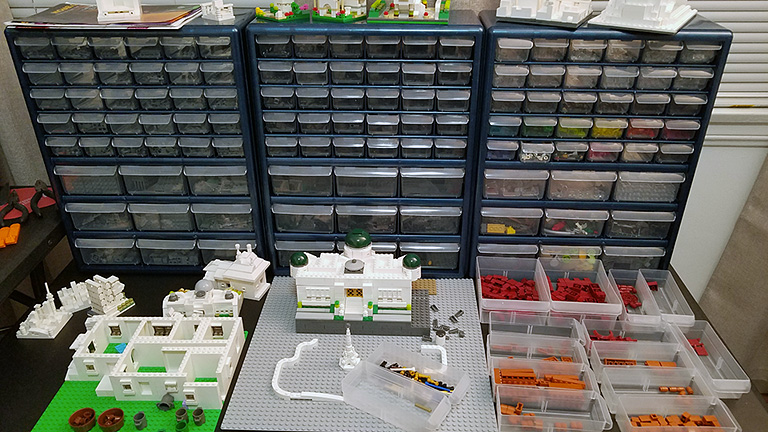
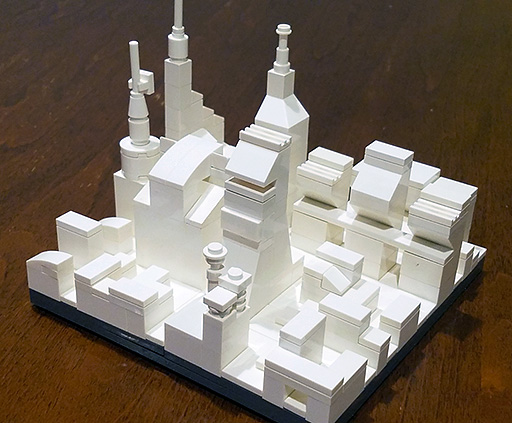
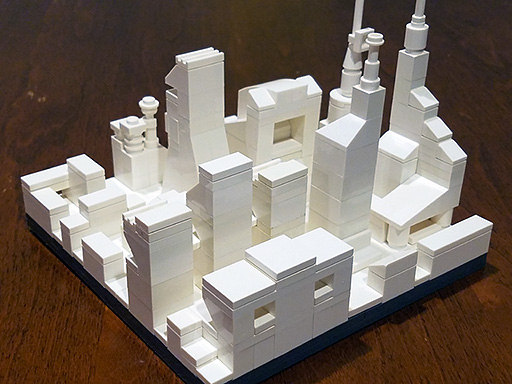
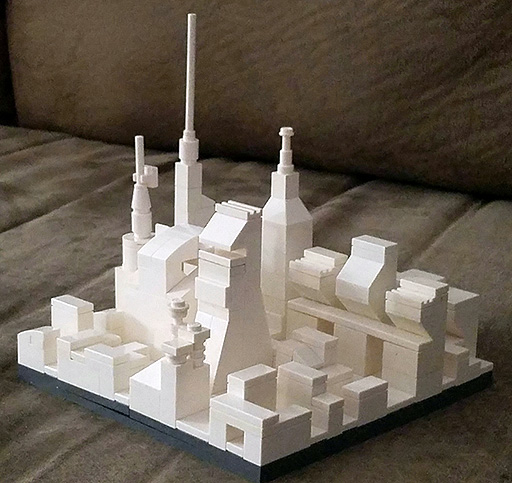
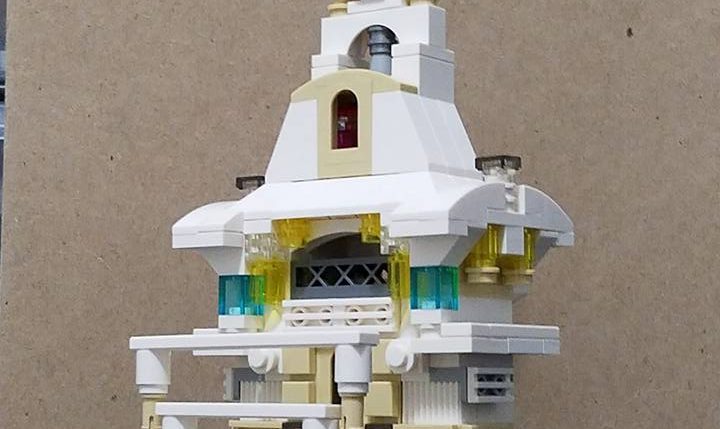
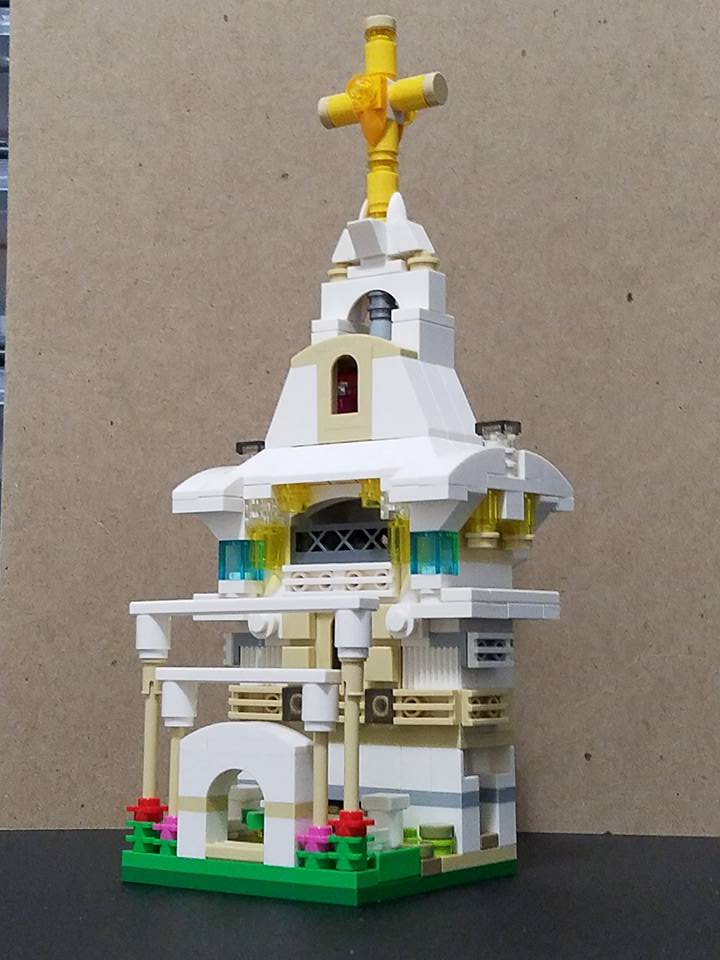
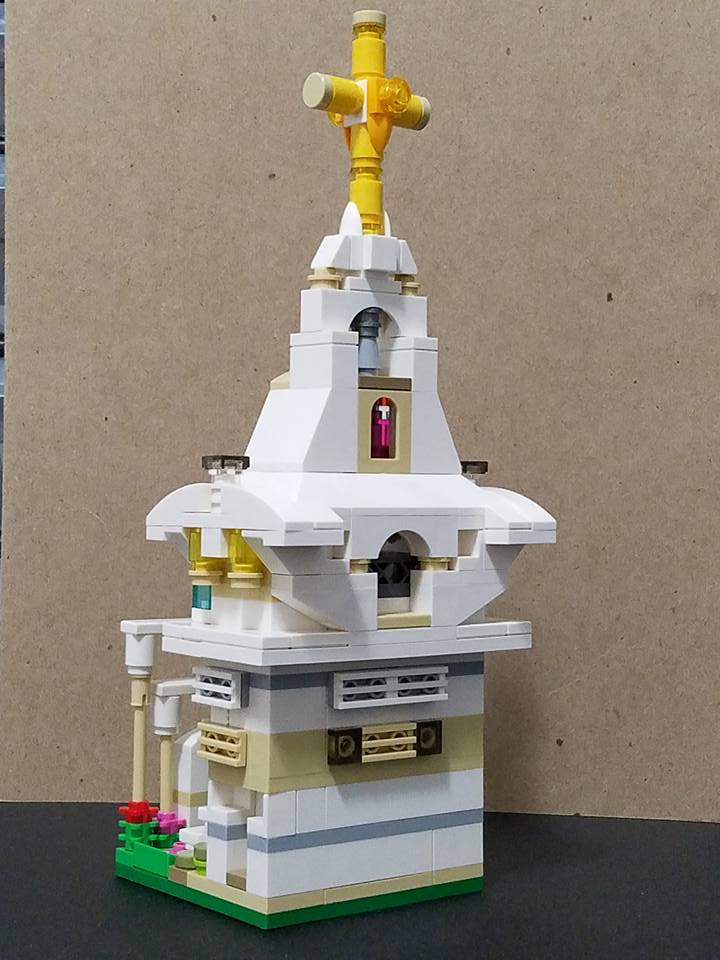
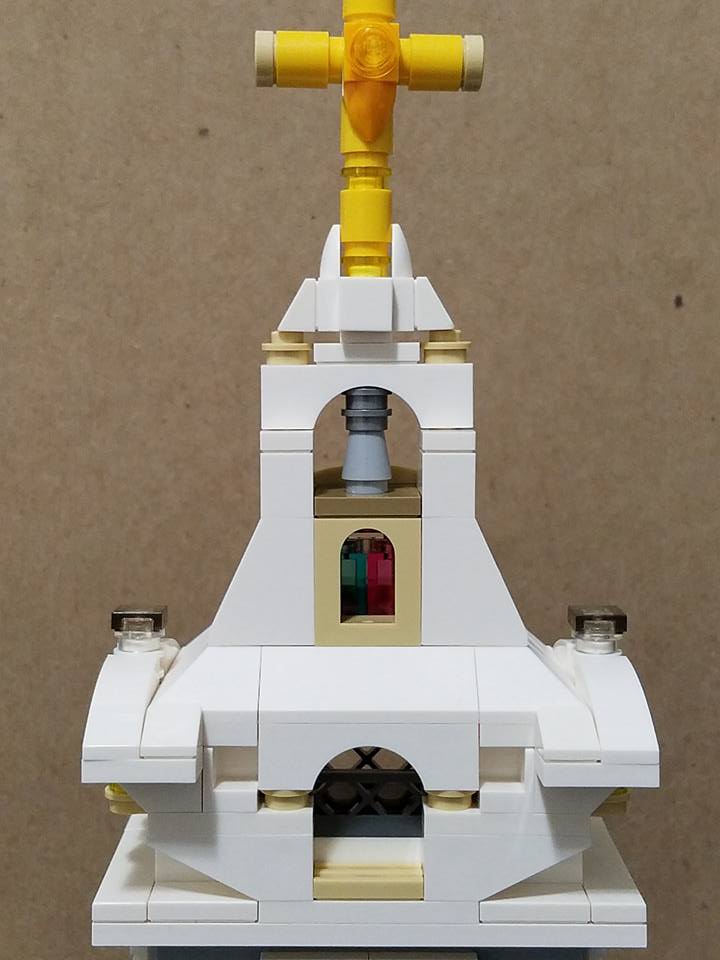
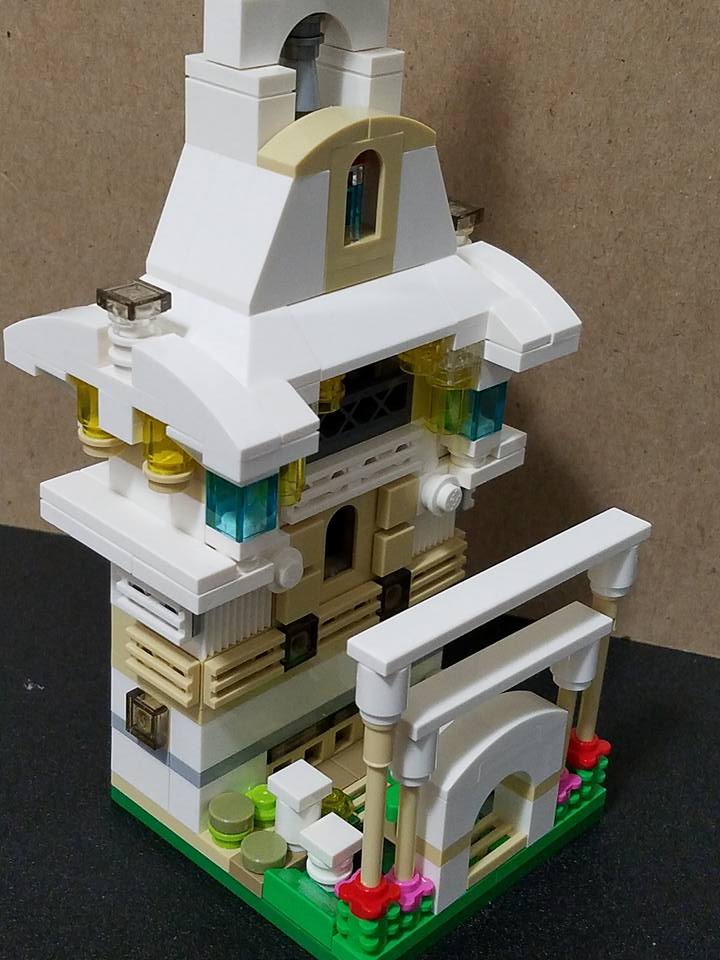
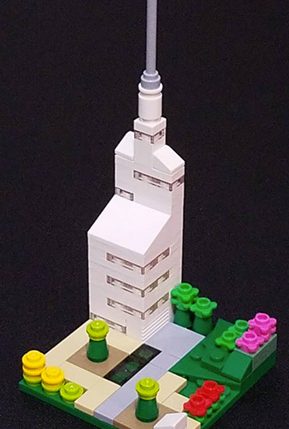
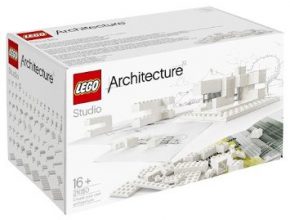
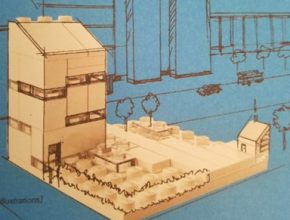
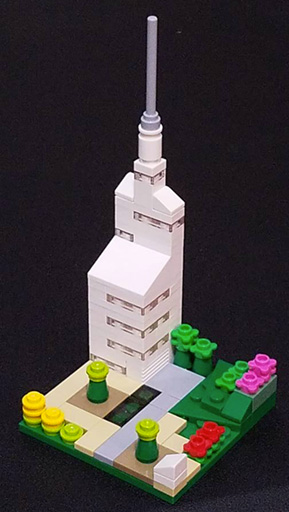
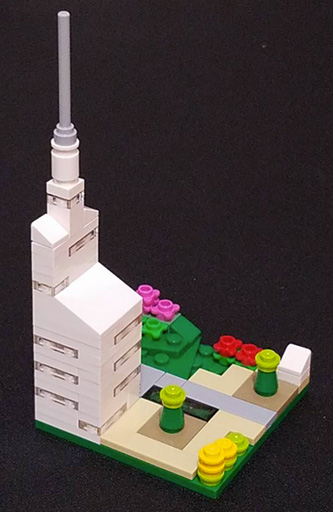
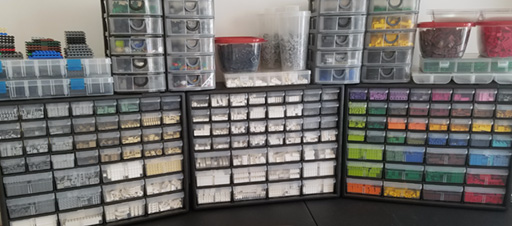
 Hello, my name is Jay and this blog will help me track my experiences with LEGOs. It may grow to more but for now I would like to create a way to share my interests in LEGOs – whether building, sharing news, buying pieces and sets, history, piece and color info, etc.
Hello, my name is Jay and this blog will help me track my experiences with LEGOs. It may grow to more but for now I would like to create a way to share my interests in LEGOs – whether building, sharing news, buying pieces and sets, history, piece and color info, etc.